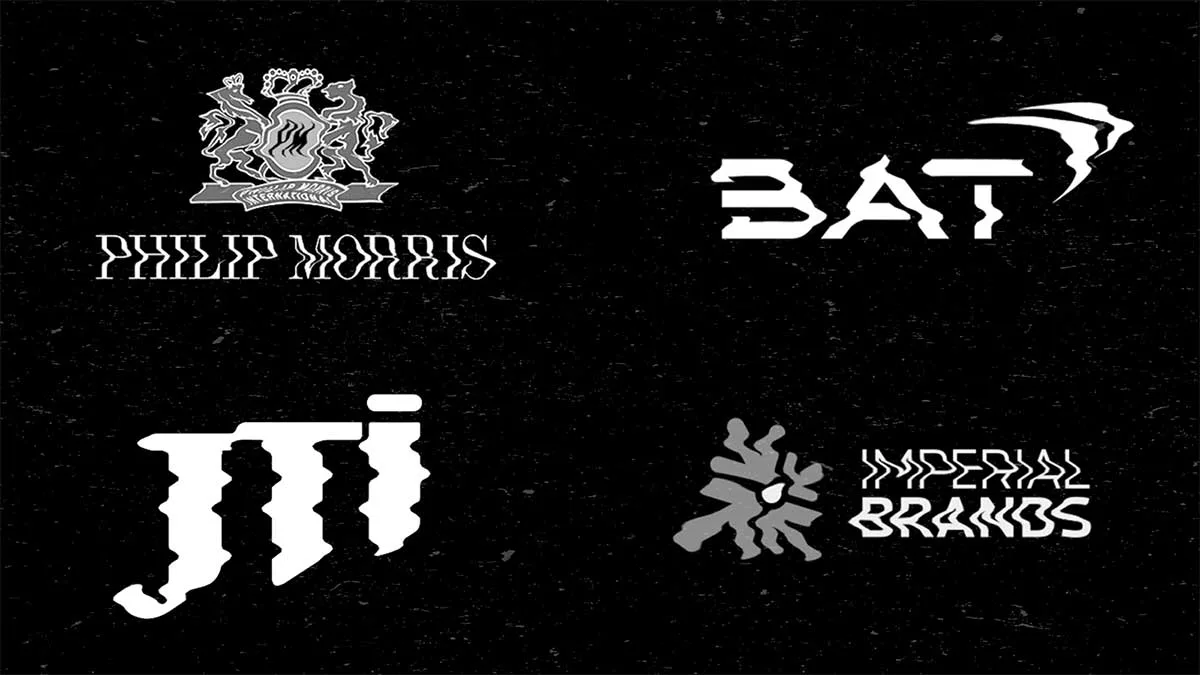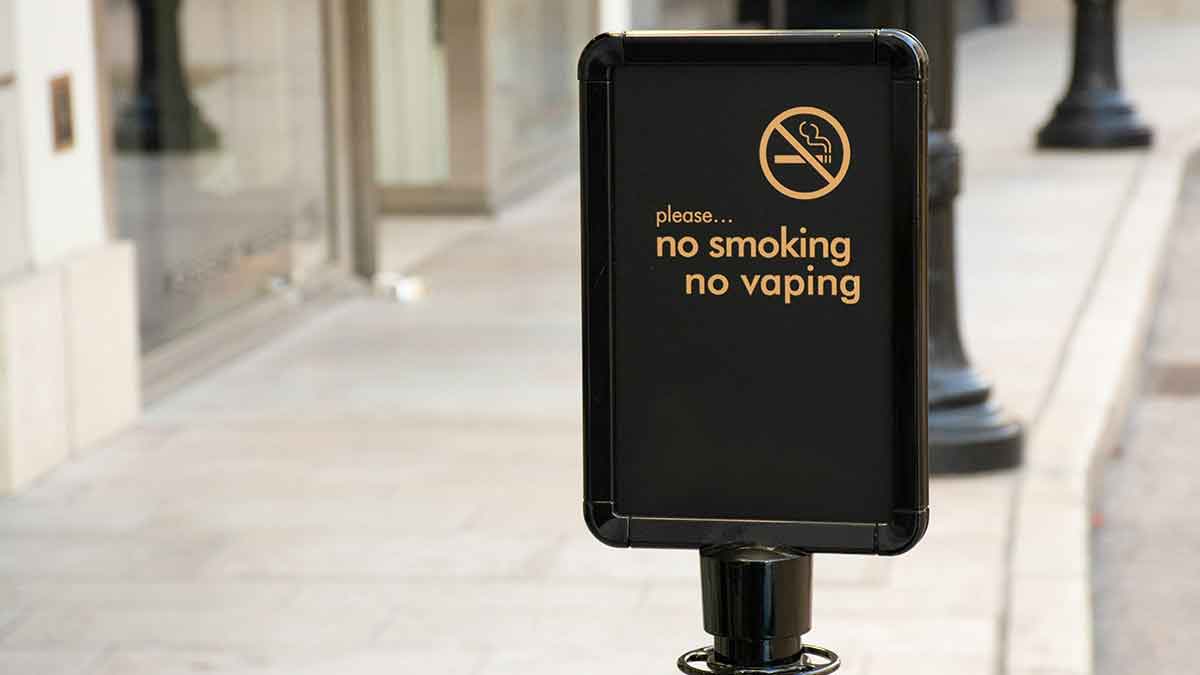- Resources
- News
-
-
Get Email Updates
Sign up for STOP's emails and never miss an update on our latest work and the tobacco industry's activity.
-
Get Funding
Ready to tackle industry interference? You could be eligible for a grant.
-
Share a Tip
Do you have information on tobacco industry misconduct in your country? Let us know.
-
Get Email Updates

Most people who use tobacco products want to quit.
But the tobacco industry does not make it easy for them. Aside from tobacco products’ extremely addictive nature, the industry tries to stop policies that could help people quit and prevent more people from starting. Big Tobacco—the four largest international tobacco companies, Philip Morris International (PMI), British American Tobacco (BAT), Japan Tobacco International (JTI) and Imperial Brands—regularly fights measures such as smoke-free policies, higher tobacco taxes, lower nicotine levels in cigarettes, advertising bans and more.
The industry also actively promotes its addictive, harmful products. Even though some tobacco companies are branching out into products that don’t contain tobacco, such as nicotine pouches and e-cigarettes (also known as vapes), the industry is keeping the tobacco epidemic going around the globe with these five core products.
1. Cigarettes
Cigarettes are the most common tobacco product in the world, making up about 80% of the global tobacco market (Euromonitor). In 2019 alone, more than 5 trillion cigarettes were smoked around the world. Some tobacco companies, such as PMI and BAT, claim they want a “smoke-free” future, but continue to introduce cigarette brands and advertise cigarettes around the world—including to young people. Why do they keep pushing a product that they publicly denounce and that kills up to half of its users? Because cigarettes are extremely profitable for them. In 2020, global cigarette retail values were worth an estimated US $717 billion.
2. Bidis
Bidis are hand-rolled cigarettes that contain shredded tobacco and are wrapped in tendu leaf. Consumed mostly in South Asia, bidis are the most common smoked-tobacco product in India, with nearly 72 million adult users. Bidis pose unique health threats. They deliver more tar and carbon monoxide than traditional cigarettes and are known to harm the health of the workers who roll them, typically in their own homes and 90% of whom are low-income women and children. The industry is “notoriously unregulated” and thus avoids many local and national tobacco control regulations. Bidis are sold cheaply, making them more accessible to young people, and are often sold without required health warnings.
5 trillion cigarettes smoked in 2019
3. Smokeless tobacco
Unlike cigarettes and bidis, smokeless tobacco is consumed without burning tobacco. Depending on the product, users sniff or chew tobacco, or store it between their lip and gum. Common smokeless tobacco products include snuff, snus and pan masala. Like bidis, smokeless tobacco is most prominent in South Asia, with the majority of users living in India and Bangladesh. Some people may think that these products are safer because they don’t involve smoking, but smokeless tobacco is linked to oral, esophageal and pharyngeal cancer and heart disease, and claims more than 90,000 lives every year around the world. Each of the Big 4 tobacco companies have invested in snus, a type of smokeless tobacco common in Scandinavia, to try to bolster their “harm reduction” claims and possibly to promote tobacco use in places where smoking is banned.
4. Waterpipes
Waterpipes are also known as hookahs or shisha. They are most popular in the Eastern Mediterranean and Europe, though were reported to be on the market in 70% of countries in 2018. Users inhale tobacco smoke that passes through a water bowl in the device and into a hose that’s connected to a mouthpiece. Their use has increased, especially among young people, in part due to the introduction of flavors in the 1990s, and waterpipes’ exemption from some tobacco control policies, such as flavor bans. Only one of the Big 4 tobacco companies owns a waterpipe brand: In 2012, Japan Tobacco International acquired Al Nakhla, the world’s largest waterpipe tobacco manufacturer at the time, based in Egypt. In 2019, two patents for electronic waterpipes filed by Philip Morris Products SA were published, signaling intent to possibly join the market.
5. Heated tobacco products
Heated tobacco products (HTPs) are a relatively new tobacco product. They use an electrical heating element to heat tobacco sticks. They may look like e-cigarettes, but HTPs contain tobacco. Each of the Big 4 sells HTP brands, and all market their HTPs with implied claims of being safer than smoking cigarettes, using messages such as “smoke-free” and “potentially reduced risk.” However, evidence shows that the emissions from HTPs may be considered smoke, and that while HTPs expose users to lower levels of harmful chemicals, others are present in higher levels than cigarette smoke. Ultimately, HTPs have not been proven to reduce the risk of tobacco-related disease.

Why do [tobacco companies] keep pushing a product that they publicly denounce and that kills up to half of its users? Because cigarettes are extremely profitable for them.
While the rate of global tobacco use among those aged 15 and older is slowly declining—from about 33% in 2000 to a projected 19.8% in 2025—it’s actually projected to grow in some countries, including Congo, Egypt, Indonesia, Jordan, Oman and Moldova, according to the latest WHO Global Report on Trends in Prevalence of Tobacco Use 2000-2030.
The good news is that, while the tobacco industry is relentless in its pursuit to hook as many new customers as possible, tobacco control works. Policies like increased tobacco taxes, smoke-free laws, and marketing and flavor bans are all proven to reduce tobacco use. For these policies to be effective, all products containing tobacco should be classified as tobacco products, and all tobacco products should be covered, despite the industry’s efforts to establish preferential treatment, such as smoke-free policy exemptions for HTPs.
If governments prioritize these policies and actively work to keep the industry from interfering in these and other health policies, they’ll be taking meaningful steps toward protecting people’s health, their economies and the environment.



